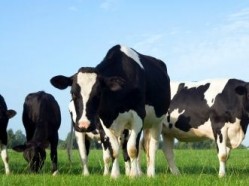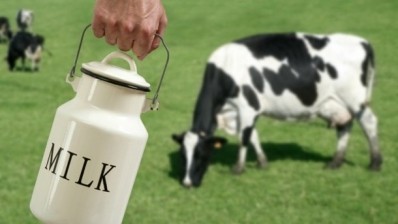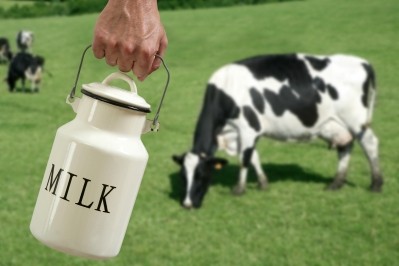US pasteurized dairy drug residue-free: FDA report

The National Milk Drug Residue Database (NMDRD) 2013 report, commissioned by the FDA, detailed the result of tests by processors on 40,435 samples of pasteurized milk and milk products from across the US. None tested positive for animal drug residues, the report said.
NMDRD is a voluntary industry reporting program, which collects data on the extent of national testing activities, the analytical methods used, the type of animal drug residues detected, and the amount of contaminated milk that was removed from the human food supply.
Data on more than 3.7m raw and pasteurized milk samples tested for animal drug residues between 1 October 2012 and 230 September 2013 were collected from dairy industry stakeholder from all 50 states and Puerto Rico.
Of the 3,761,500 analyzed samples, which were conducted by milk producers, milk processors, and at milk receiving facilities across the US, just 731 (0.019%) were discovered to be positive for drug residues.
This represents a decrease on the 828 (0.022%) positive results recorded by the NMDRD in 2012.
Tanker samples
Bulk milk pickup tanker samples - taken on receipt of every tanker load at a milk receiving facility - accounted for the largest proportion of positive results in the 2013 study with 445 (0.014% of all tanker samples).
Milk producer tests produced 281 positive results - 0.06% of the 467,429 samples taken.
The remaining five positive results were produced by samples attained "on a random basis."
Twenty-six analyzing methods were used to test the samples for 10 different types of drugs. Drugs tested for included aminoglycosides, beta lactams, tetracyclines, sulphonamides, and cloxacillin.
Beta lactams, a widely-used type of antibiotic for the treatment of bacterial infection in animals, were the most commonly detected drug during the study.
Milk producers are required to remove cattle treated with drugs from regular milk production, and not return them to the milking herd until their milk is free of any drug residues.








